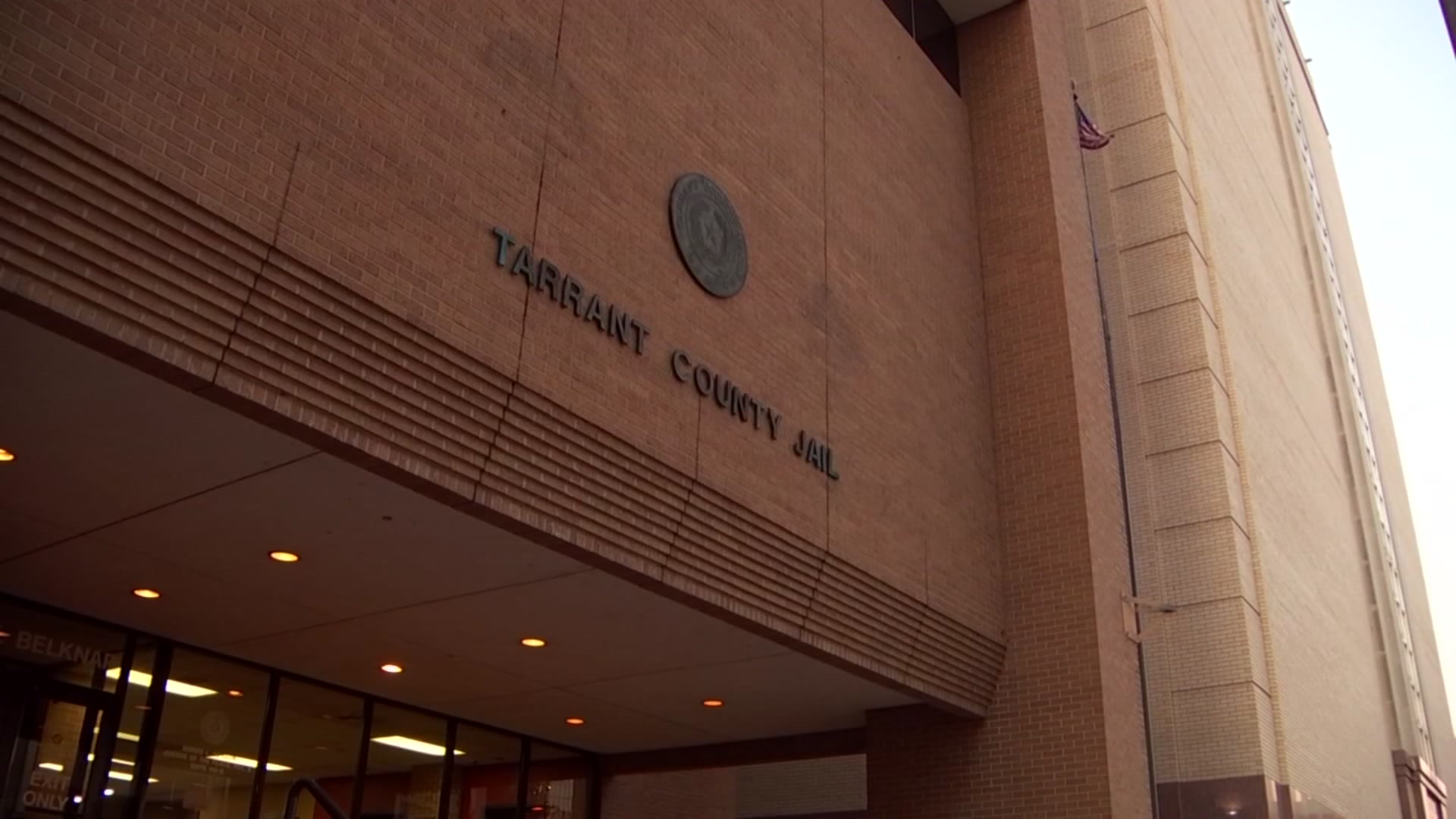Scoliosis is one of the more common disorders that affect children.
It causes the spine to grow sideways and in severe cases will require surgery, which comes with risk, but robotic technology is giving orthopedic surgeons at Children's Health more precision than ever before.
17-year-old Alexa Hassell said she knew she wanted to become an ice skater after watching the 2006 Winter Olympics.
"I said, I have to do this. I have to skate. I have to be like them," said Hassell. While she perfected her skills, a problem in her back grew worse.
At 16, she found out she had a case of scoliosis so severe, that her spine would continue to curve as she grew older.
"I had to make the decision to stop skating. My spine was at a 56 degree curve and it was bad for my shoulder, that was already hurting and for vital organs in my body. My ribs were actually being pushed on by my spine and my hips were out of alignment," said Hassell.
She needed a scoliosis surgery called a posterior spinal fusion with instrumentation.
Local
The latest news from around North Texas.
The goal of the surgery is to correct as much of the curve that is safely possible and to have the small vertebral bones that make up the spinal column and curve become one long bone.
Once this happens, it prevents any possibility of further progression. Risks of the surgery, however, include nerve damage and Hassell says she was afraid she would never skate again.
For the most accuracy, orthopedic surgeon, Dr. Christopher Redman, at the Children’s Health Andrews Institute used robotic assisted technology.
A sophisticated device attaches to the spine during surgery and guides Dr. Redman to the exact locations of where he wants the screws placed, with two millimeter accuracy, he said.
"When we are talking about the spinal cord, it's really important to have the most accuracy to prevent a neurological injury during surgery," said Dr. Redman.
"I definitely think that robotics is the way of the future. We want to do everything we can to increase safety and as we look at that, with an accuracy of less than 2 millimeters, the human body just can't do that. So the more we can increase the accuracy and decrease surgical times, the safer it will be for children."
Four months after surgery, Alexa was back on the ice, a few inches taller than before, thanks to her now straight spine.
"Exactly one year after my surgery, I landed my axle, which is my skating jump that presented me to my next level and I was able to pass that test!"
Children with scoliosis sometimes experience lower back pain or discomfort but most commonly, the symptoms are seen in the physical appearance of your child.
They include shoulders appear uneven, one hip is higher than the other, waist looks uneven, rib cage is more prominent on one side and pelvis is tilted.
Approximately 80 percent of scoliosis cases are idiopathic, making it the most common type.
Idiopathic means that doctors can’t pinpoint the cause of the spinal curvature.




